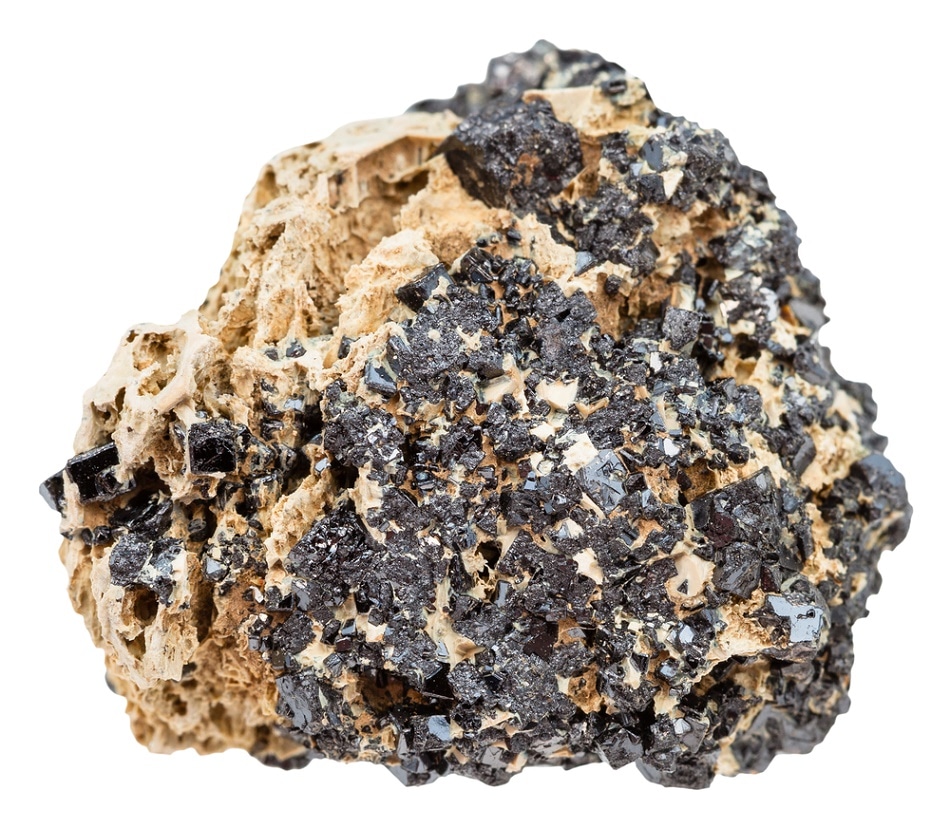Jan 2 2018
 vvoe/ Shutterstock.com
vvoe/ Shutterstock.com
EPFL researchers have created a data-driven proposal for regulating the measurements of perovskite solar cell stability and degradation. Published in Nature Energy, the research focuses on creating consensus in the field and overcoming one of the big obstacles on the way to marketing perovskite photovoltaics.
Standardizing perovskite aging measurements
Perovskite solar cells are a substitute to conventional silicon solar cells, and are ready to overtake the market with their high power-conversion efficiencies (more than 22% now) and reduce capital expenditure and manufacturing costs. But one of the greatest difficulties on this path is stability: to be commercially feasible, perovskite solar cells must also be able to maintain their effectiveness over time, meaning that they must not degrade greatly over 25 years of service.
As a first-order approximation, we are talking about stabilities of several years for the most stable perovskite solar cells. We still need an increase of an order of magnitude to reach the stabilities of silicon cells.
Konrad Domanksi, First Author on the paper
While research efforts are constantly made to enhance perovskite stability, the community is constrained by the fact that there are no basic standards by which researchers can measure the stability of perovskite solar cells. Therefore, the results gathered from various companies and laboratories cannot be easily compared with each other. And even though exclusive stability measurement standards have been developed for other photovoltaic technologies, they have to be adapted for perovskite solar cells, which reveal new types of behavior.
Presently, the labs of Michael Grätzel and Anders Hagfeldt at EPFL have done a study that suggests standardization of the measurements of perovskite solar cell stability across the whole field. The researchers explored the effects of different environmental factors on the aging of perovskite solar cells, studying the impact of illumination (sunlight-level light), atmosphere, electrical load, temperature and testing a systematic series of combinations of these.
We designed and built a dedicated system to carry out this study. It is state-of-the-art for measuring stability of solar cells – we can vary light intensity over samples and control temperature, atmosphere etc. We load the samples, program the experiments, and the data is plotted automatically.
Konrad Domanksi
The research reveals how some behaviors specific to perovskite solar cells can falsify the results of experiments. For instance, when the cells are placed in the dark, they can recover several of the losses caused by illumination and “start fresh in the morning”. As solar cells naturally experience day-night cycles, this has vital implications on how one defines that a solar cell degrades in the first place. It also alters the preconceived perception on the metrics used by industry to define lifespan of solar cells.
The work can lay the foundations for standardizing perovskite solar cell ageing. The field can use it to develop objective and comparable stability metrics, just like stabilized power is now used as a standard tool for assessing power-conversion efficiency in perovskite solar cells. More importantly, systematically isolating specific degradation factors will help us better understand degradation of perovskite solar cells and improve their lifetimes.
Wolfgang Tress, Last author on the paper
“We are not trying to impose standards on the community,” says Domanski. “Rather, being on the forefront on perovskite solar cells and their stability research, we try to lead by example and stimulate the discussion on how these standards should look like. We strongly believe that specific protocols will be adopted by consensus, and that dedicated action groups involving a broad range of researchers will be formed for this purpose.”
Funding
Swiss National Science Foundation (FNS); King Abdulaziz City for Science and Technology (KACST)
Reference
Konrad Domanski, Essa A. Alharbi, Anders Hagfeldt, Michael Grätzel, Wolfgang Tress. Systematic Investigation of the Impact of Operation Conditions on the Degradation Behaviour of Perovskite Solar Cells. Nature Energy 1st January 2018. DOI: 10.1038/s41560-017-0060-5